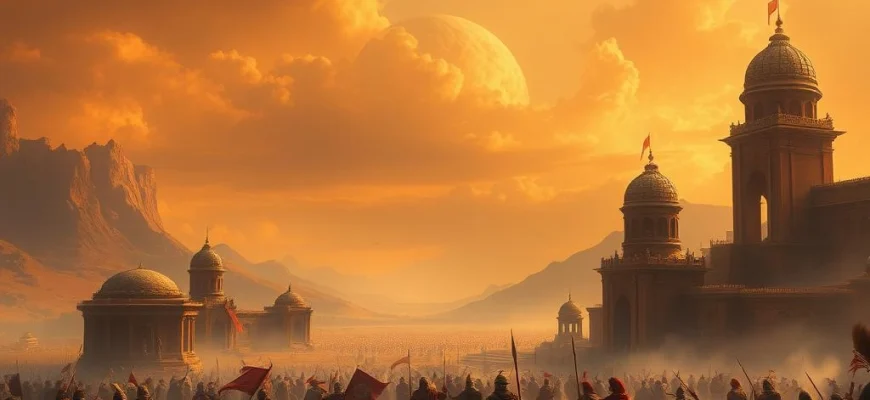If you enjoyed the epic historical drama 'Kings of the Sun' (1963), you're in for a treat. This article explores 10 similar movies and shows that capture the same grandeur, adventure, and cultural depth. Whether you're drawn to ancient civilizations, fierce battles, or rich storytelling, these recommendations will satisfy your craving for more cinematic treasures.
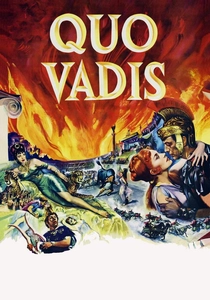
Quo Vadis (1951)
Description: A monumental historical drama set in ancient Rome, blending romance, political intrigue, and religious persecution, with a visual style that emphasizes opulence and scale.
Fact: The film's production involved over 30,000 extras and 5,000 animals, making it one of the most expensive films of its time.
 Watch Now
Watch Now 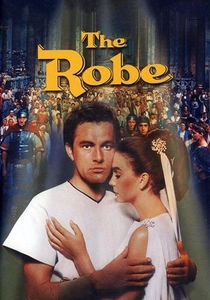
The Robe (1953)
Description: A religious epic that combines historical drama with spiritual themes, featuring elaborate costumes and sets, and a narrative centered around faith and redemption.
Fact: It was the first film released in CinemaScope, a widescreen format that revolutionized movie presentations.
 Watch Now
Watch Now 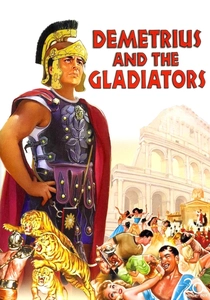
Demetrius and the Gladiators (1954)
Description: A sequel to The Robe, this film continues the story with themes of faith, power, and personal transformation, set against the backdrop of ancient Rome's gladiatorial games.
Fact: The film was shot in just 36 days, a remarkably short schedule for a production of its scale.
 Watch Now
Watch Now 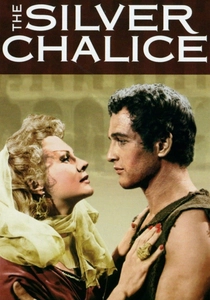
The Silver Chalice (1954)
Description: A religious historical drama centered around a sacred artifact, with themes of faith, betrayal, and redemption, presented in a visually stunning and dramatic manner.
Fact: Paul Newman's film debut, though he later expressed embarrassment over his performance.
 Watch Now
Watch Now 
The Prodigal (1955)
Description: A biblical tale of redemption and forgiveness, featuring elaborate sets, costumes, and a narrative that explores themes of sin and salvation in a grand historical setting.
Fact: The film's production design was heavily inspired by ancient Babylonian art and architecture.
 Watch Now
Watch Now 
The Ten Commandments (1956)
Description: Epic historical drama with grand scale storytelling, focusing on themes of leadership, faith, and divine intervention. The visual spectacle and dramatic narrative style align closely with the reference.
Fact: The parting of the Red Sea scene was created using a combination of large-scale water tanks and special effects, groundbreaking for its time.
 Watch Now
Watch Now 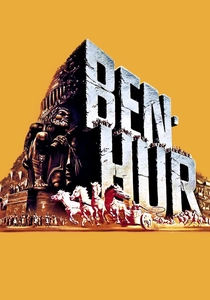
Ben-Hur (1959)
Description: A sweeping historical epic featuring intense personal drama, religious undertones, and spectacular set pieces, including one of cinema's most famous chariot races.
Fact: The chariot race sequence took over three months to film and used 15,000 extras.
 Watch Now
Watch Now 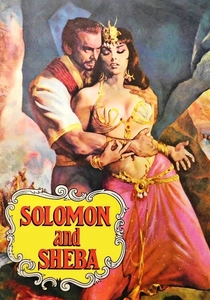
Solomon and Sheba (1959)
Description: A biblical epic featuring a legendary romance, grand battles, and a focus on wisdom and leadership, with lavish production values and a dramatic narrative style.
Fact: The original lead actor, Tyrone Power, died during filming, and his role was recast with Yul Brynner.
 Watch Now
Watch Now 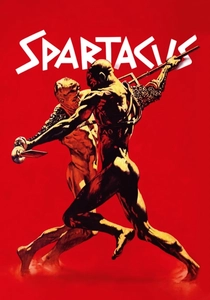
Spartacus (1960)
Description: A tale of rebellion and heroism set in ancient times, with lavish production design and a focus on the struggle against oppression, mirroring the grandeur and thematic depth of the reference.
Fact: The film was the first to openly defy the Hollywood blacklist by crediting Dalton Trumbo as the screenwriter.
 Watch Now
Watch Now 
The Fall of the Roman Empire (1964)
Description: A grand historical epic depicting the decline of a mighty empire, filled with political intrigue, battles, and a focus on the moral and ethical dilemmas of leadership.
Fact: The film's massive set of the Roman Forum was one of the largest ever built at the time.
 Watch Now
Watch Now 
